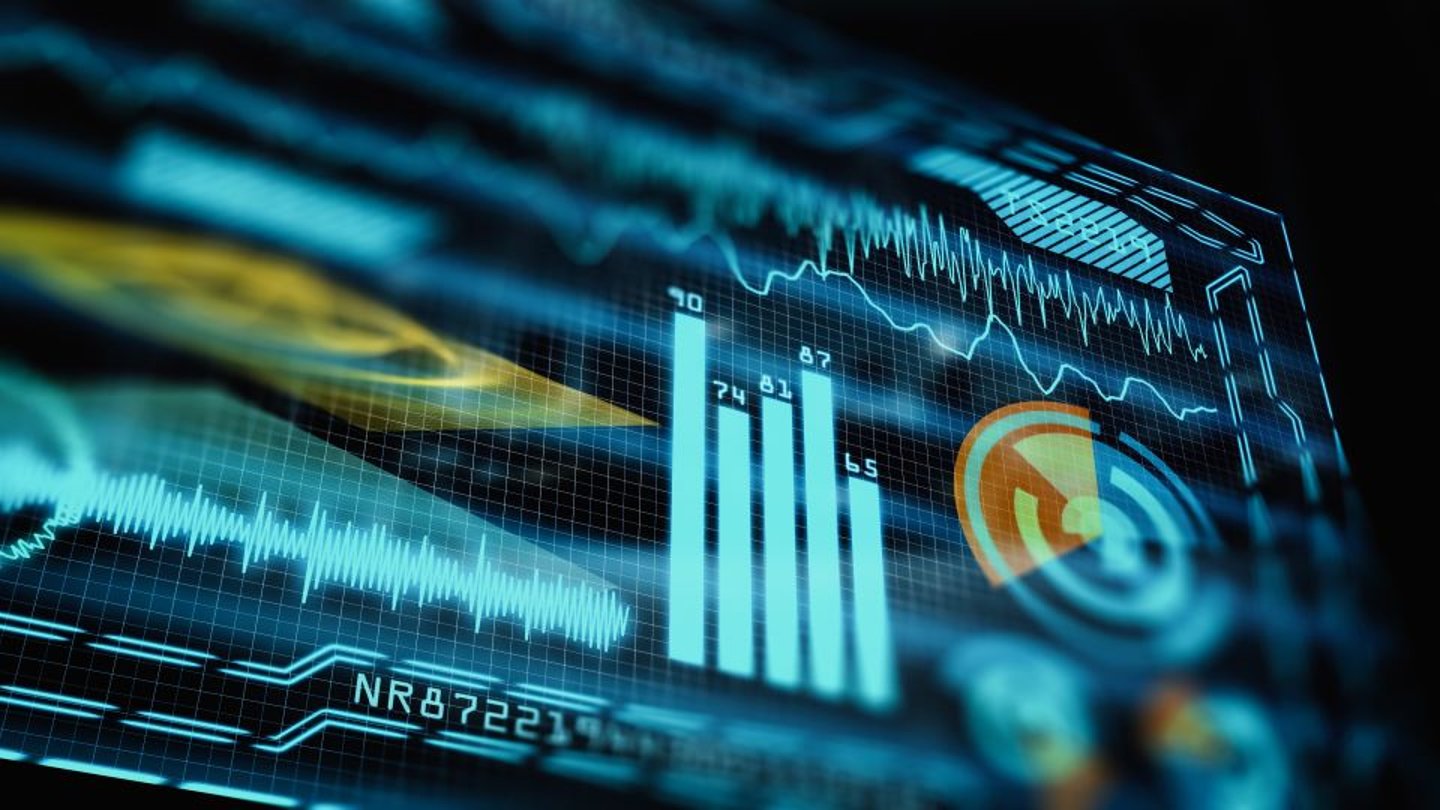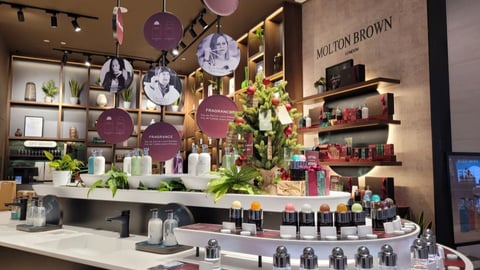How CPGs Can Use Real-Time Data for Real-Time Decisions
CPGs have long harnessed data and technology in the search for competitive advantage, establishing dedicated data teams more than a decade ago and before big data was mainstream. Retailers, on the other hand, have historically lagged CPGs in data capabilities, hindering their ability to optimize their business, including mutually beneficial collaboration with their suppliers.
The exciting news is that the landscape has changed: over the past few years, retailers have embraced and prioritized deeper data capabilities, enabling opportunities for retailer / CPG collaboration in the year ahead that were simply not possible in years past.
What Changed?
The last three-plus years forced retailers to innovate at a much more rapid pace than they had anticipated, as they adapted to the pandemic. The rise of omnichannel, in particular, played a key role.
Rapid expansion in e-commerce created new data streams for retailers. That, combined with the criticality of more insights to guide decision-making in the complex and changing environment, was the tipping point to accelerate grocers’ deeper adoption of data analytics and insights.
Real-Time Decisions for Real-Time Challenges
With retailers’ newly expanded data capabilities, retailers and CPGs are now better able to collaborate to make data-driven decisions that benefit their business and customers. Newer technologies, such as AI-based predictive insights, leverage data in a way that enables retailers and CPGs to achieve heightened accuracy and, in many cases, real-time decisions and action.
For example, planogram compliance technology allows both CPGs and retailers to react immediately to ensure the right product is on-shelf at the right time and place for shoppers. Similar technologies leverage real-time data to create on-the-spot personalization that engages and delights customers. And now that omnichannel shopping is mainstream, CPGs and retailers are not far behind on jointly developing channel-aware promotions capable of resonating with shoppers no matter where they prefer to shop.
Another benefit to collaborative data and analytics is in the realm of supply chain forecasting and inventory management. By using a data-driven approach, CPGs can be more resilient in the face of any future supply chain crises, anticipating potential hiccups with what-if scenario planning and exercising contingency plans before a crisis arises. At the other end of the supply chain, as retailers detect shifts in customer item or channel preferences, CPGs are aware of behavior shifts in real-time and are better able to support their retail partners in responding with agility.
The Relationship Between CPGs and Retailers Continues to Evolve for the Benefit of All
By leveraging real-time data and working collaboratively, the relationship between retailers and CPGs continues to strengthen and evolve. In the end, not only do the grocers and CPGs benefit from the breadth and depth of contextual insights provided by this shared real-time data, but ultimately the consumers themselves will reap the rewards in terms of being able to consistently access the items they want, when and where they want them.
—Manish Choudhary, president and CEO, SymphonyAI Retail CPG




